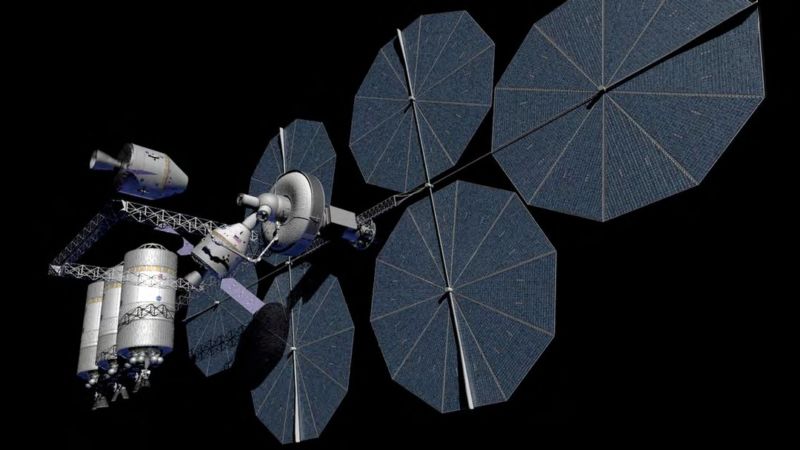We generally think of a story in the news as a report of some sort of dramatic occurrence, a story about an event full of action and yes, even danger. Space news therefore would consist primarily of accounts about rocket launches and space probes landing on distant worlds.
Of course we know that isn’t quite true. In space exploration the calm, deliberate decisions that are made in engineering conferences are every bit as vital to accomplishing the mission as the more spectacular moments. In this post I will be discussing three such stories illustrating the kind of planning and decision making that will make future space missions possible.
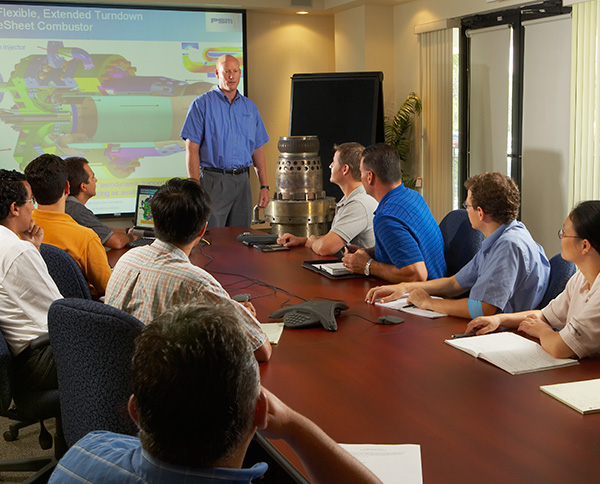
One such important decision announced by NASA on August 19 was to give a go ahead to begin construction of their ambitious Europa Clipper space probe, named for it’s target, Jupiter’s moon Europa. The intended mission of the Europa Clipper is to study that icy world in an effort to determine if the moon is actually a possible home for life. Some 40 close flybys of Europa are planned during which the probe will measure of thickness of the moon’s ice surface along with confirming the existence of a liquid ocean beneath the ice.
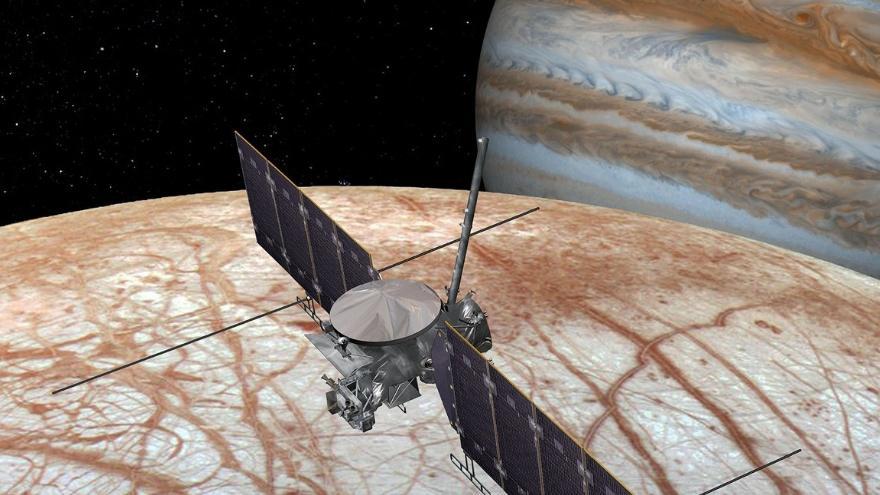
The decision by NASA means that the design phase of the mission is now over and construction will now begin at NASA’s Jet Propulsion Laboratory (JPL) with a planned launch date of 2023 or 2025. One decision about the Europa Clipper still remains to be made however. What launch vehicle will be used to send the probe on it’s way to Jupiter?
Currently congress has ordered NASA to use the Space Launch System (SLS) as the launch system but that massive rocket is still not ready for it’s first test launch, and there is the real possibility that the SLS might not be ready by 2025. Also, launching the Europa Clipper with the SLS will cost over a billion dollars.
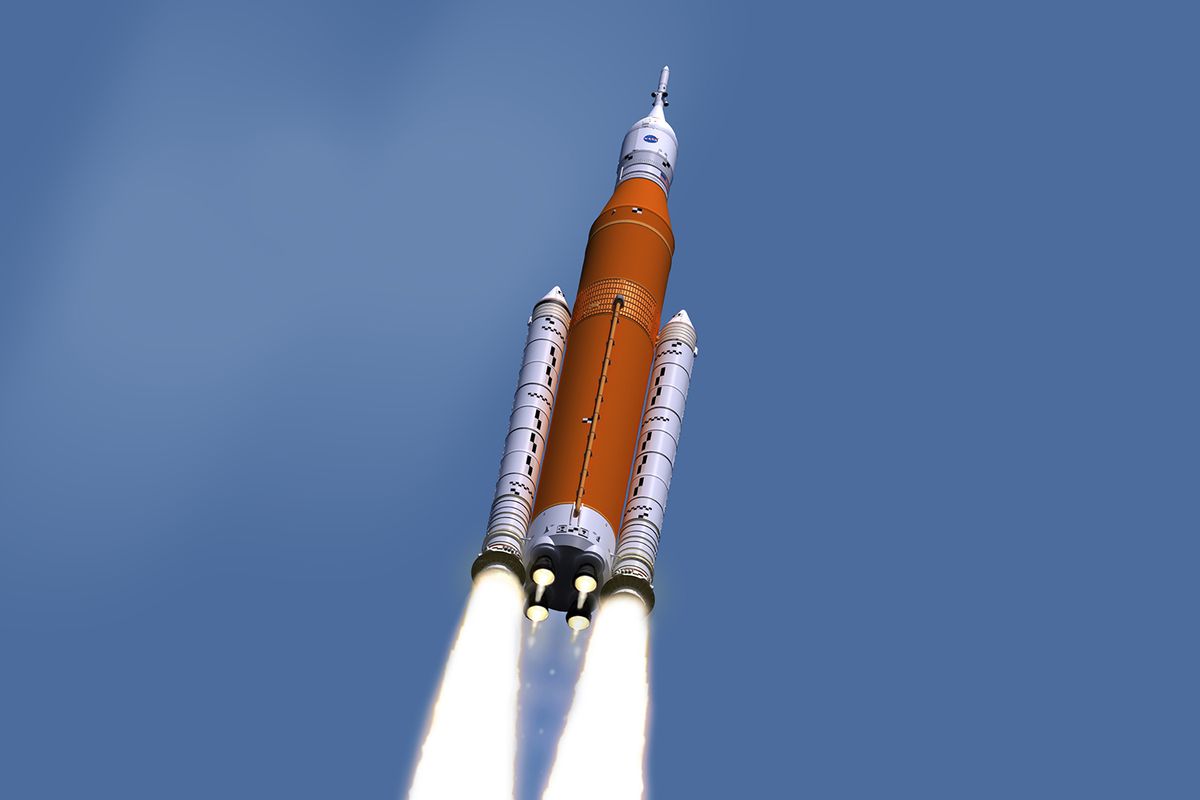
NASA on the other hand would prefer to launch the Europa clipper using a commercial launcher such as Space X’s Falcon Heavy. Launching the space probe with a commercial rocket would not only save hundreds of millions of dollars but also firm up the launch schedule since the Falcon Heavy has already successfully flown three times. Unfortunately the decision here may be made by politics because the SLS is being built at NASA’s Marshall Space Flight Center in Alabama and some very important republican senators are strongly supporting it.
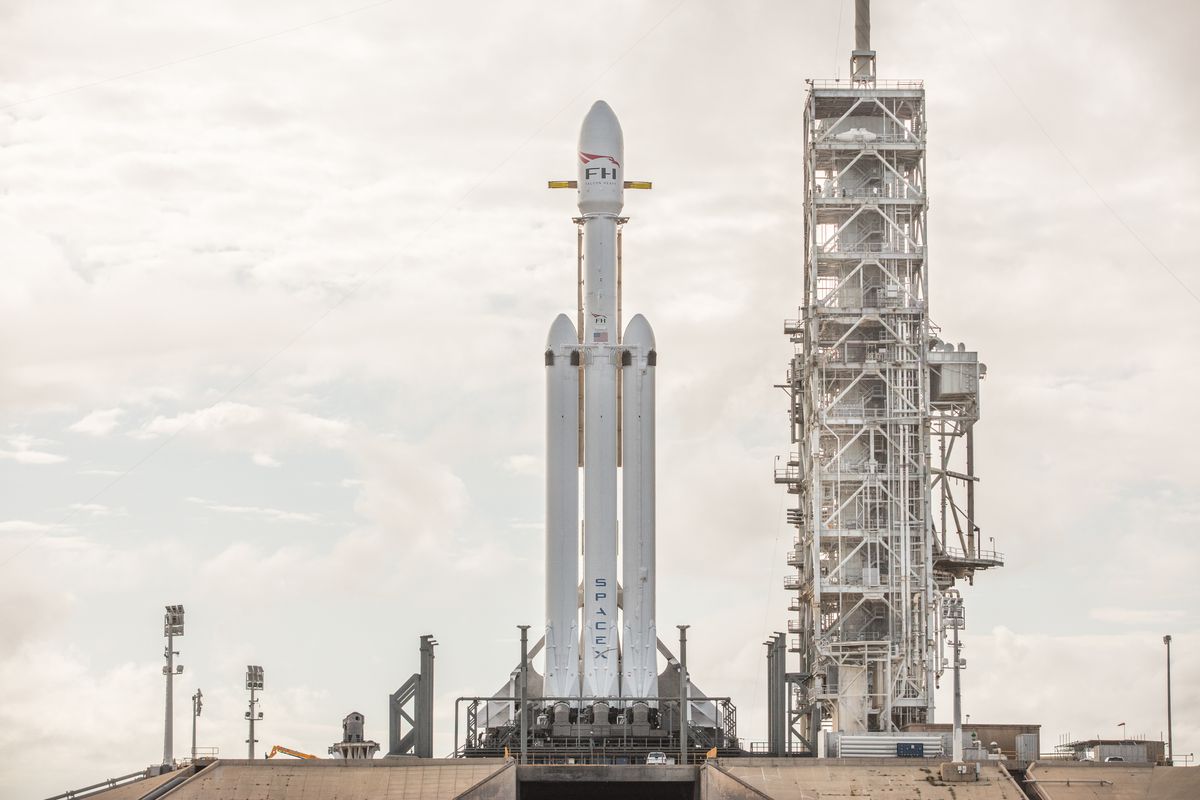
Speaking of the Marshall Space Flight Center, NASA has made another decision naming them as the lead management center in the development of the Lunar Lander for the space agency’s big Artemis program. Artemis is the name that NASA has now given to its plans for returning astronauts to the Moon’s surface by 2024. Since Marshall is already developing the SLS as the Artemis launch vehicle their choice as lead for the Lander now puts two big pieces of the Artemis pie on Alabama’s plate.
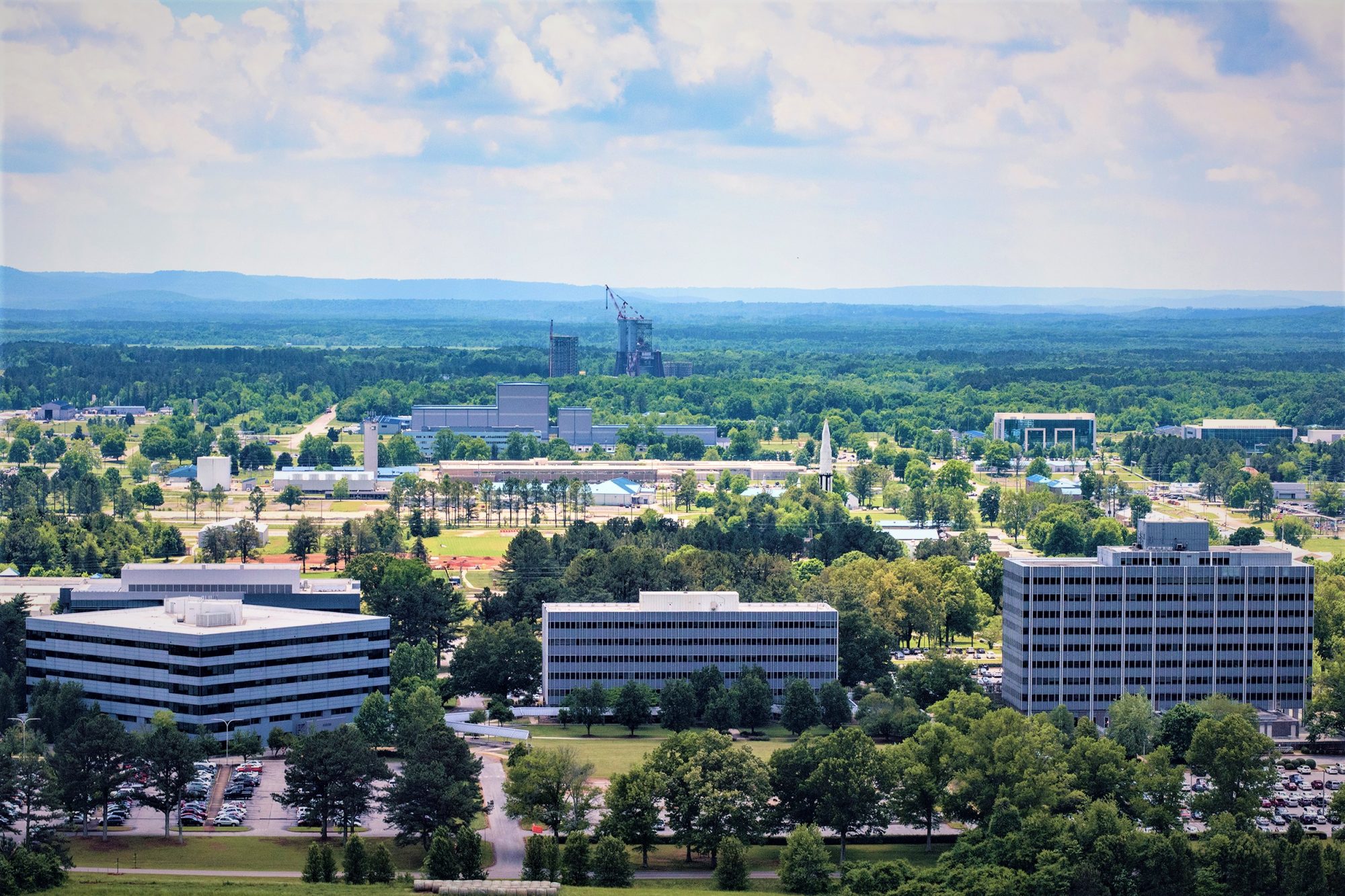
Again the decision here was made on the basis of political, not engineering grounds and that’s never a good thing. In fact the decision could very well be changed. You see the Johnson Manned Space Flight Center is in Houston Texas and there are a couple of powerful Texas senators, also republican by the way, who think the Johnson center would be a much better selection as management lead for the lander’s development.
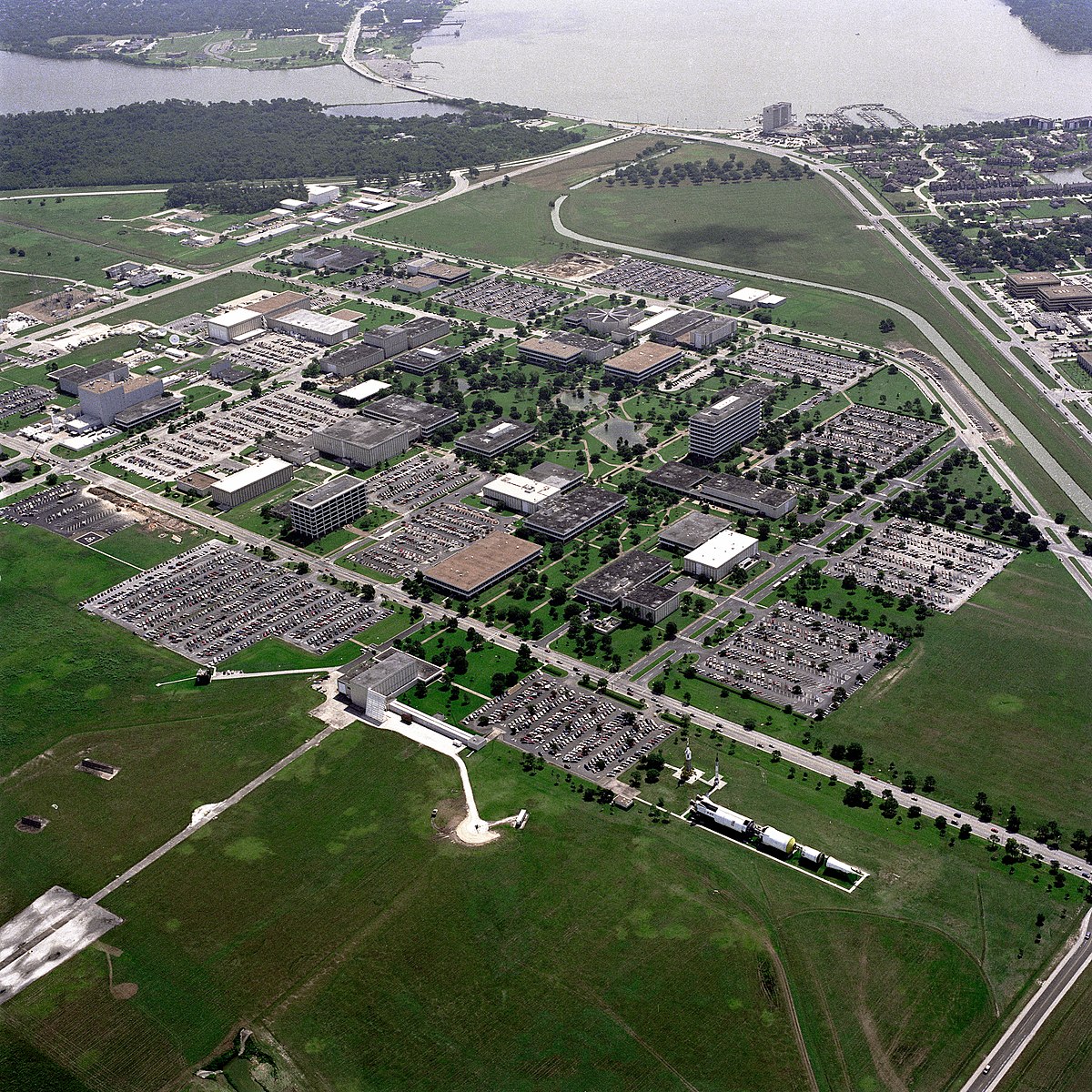
None of this arguing back and forth will make the lander perform any better, or be built any faster or cheaper. Indeed that sort of political infighting is more likely to stall funding appropriations that could lead to schedule delays and cost overruns.
On a more hopeful note NASA has also decided to team up with Space X in order to develop the technology necessary for the refueling of spacecraft in space! Again the idea is to reuse spacecraft rather than just throw them away after one use and build another. In space refueling has long been considered essential towards developing a space infrastructure that will enable longer and more difficult space missions.

Take for example the communications satellites that are now in geostationary orbit 35,000 km above the earth’s equator. These multi-million dollar radio relays must keep their antennas pointed very precisely at Earth in order to perform their job at all. To do this the satellites have small, station keeping rocket engines that keep the satellite exactly where they’re supposed to be. After about 5-7 years however those engines run out of fuel and the craft soon begins to drift until the antennas are no longer directed at Earth. Once that happens the satellite becomes nothing more than a very expensive piece of junk up in space. If you could refuel those satellites while in orbit however you could extend their useful life by years and save billions of dollars.
For manned spaceflight in space refueling would allow the development true spaceships that could travel back and forth to the Moon or Mars multiple times. Such spaceships would be refueled at the end of each mission in exactly the way you refuel your car after a long trip.
Developing the technology for refueling in space won’t be easy however. Most of the chemicals used as rocket fuel, liquid oxygen, liquid hydrogen or liquid methane have to be kept cryogenically cold, requiring both refrigeration equipment and power. And everything has to be kept airtight or that fuel that you spent so much money getting into orbit will simply boil off into space. That’s why NASA teaming up with Space X makes sense. While Space X is the leader in reusable spacecraft NASA’s Glenn Research Center in Ohio and Marshall Space Flight Center are the recognized experts in handling and storing various kinds of rocket fuel. Hopefully this teaming up of skills will solve the problems of refueling in space and one day soon in addition to orbiting space stations we will see orbiting gas stations as well.
